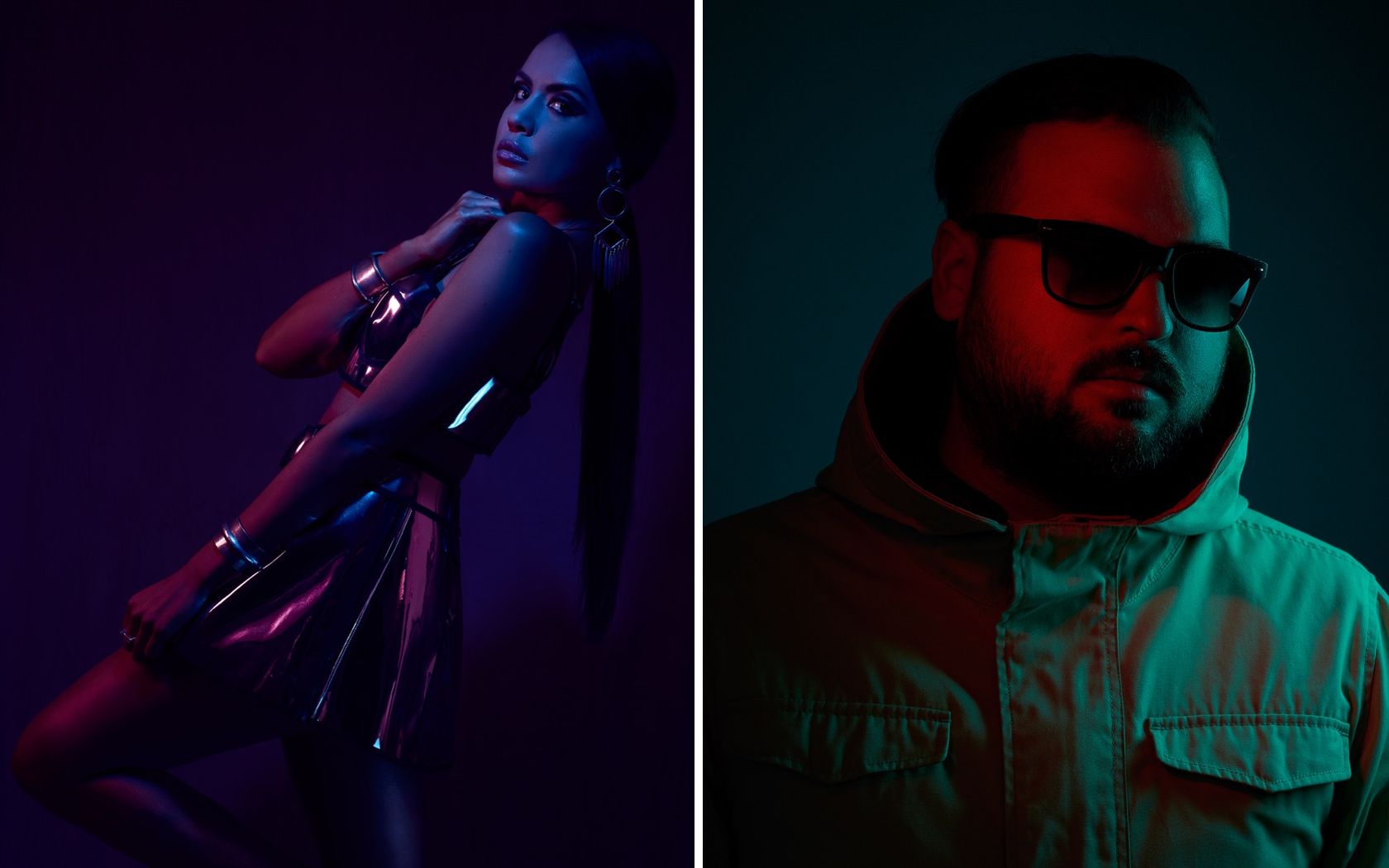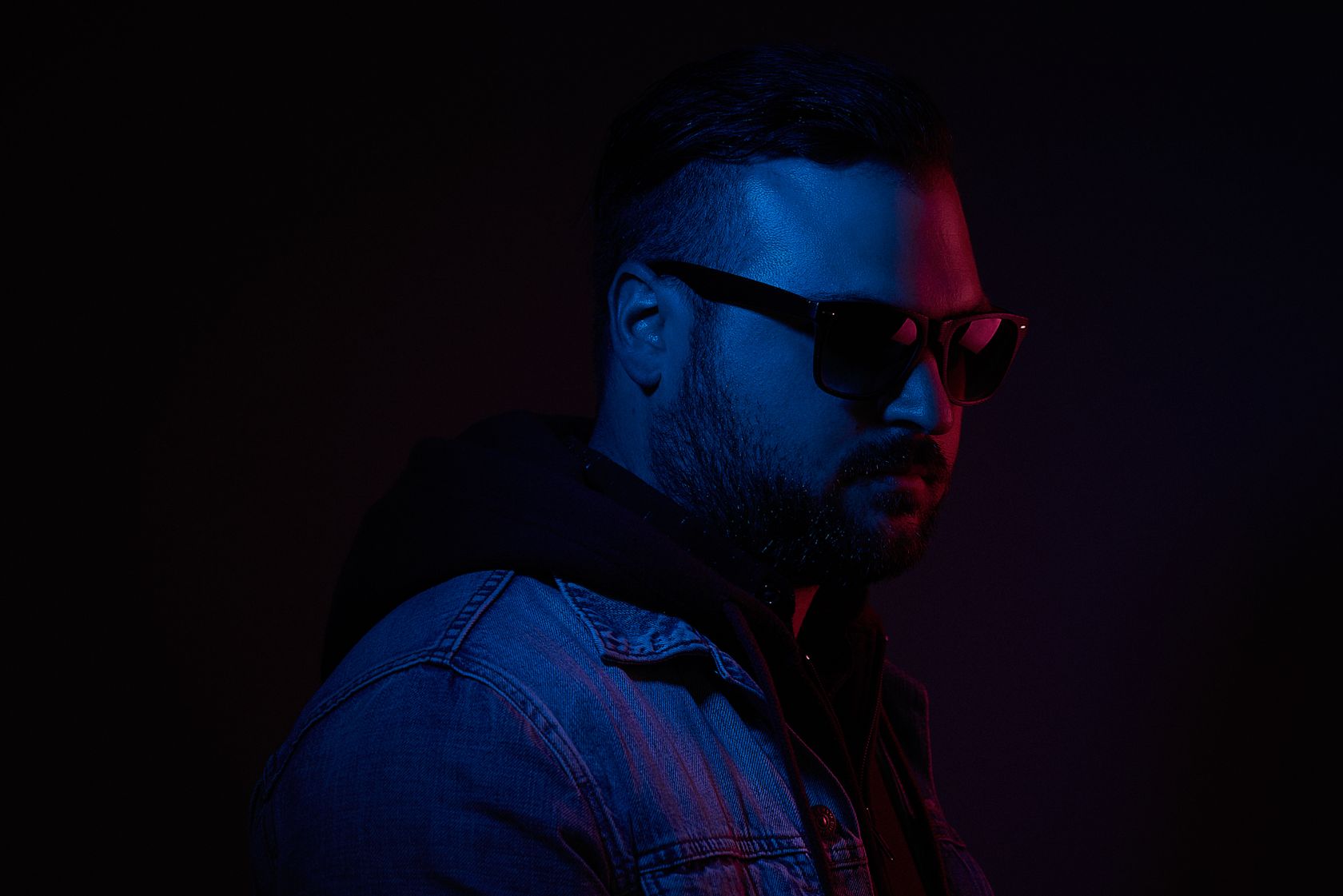10 Tips for Stunning Creative Color Gel Photography
We know that color is one of the main creative tools in photography. There are many ways to play with colors, and in this post, I’ll explore one such way: color gel photography.
The goal of this post is to give you a few important tips that will help you make efficient use of color gels in your photography.
Creative Gels vs Corrective Gels
There are two main types of gels for photography: corrective ones and creative ones. You’ll use corrective gels like blue gels (CTB) or orange gels (CTO) to fix the color temperature of the light in a scene. In this post however, I’ll concentrate on the use of creative color gels, which are used for adding color in a creative way to your images.
Which Gels to Get
Here are some options for you on which gels to get:
- I personally really like the Rosco Color Effects kit.
- For speedlights, I’m a fan of MagMod and their line of creative gels.

Using Color Gels on Your Strobes
Here are a few pointers to make proper use of gels on your strobes:
- Always use gaffer’s tape to stick a gel to a strobe light. It’s the only kind of tape that’s especially suited for that. Other tapes could melt or leave residues.
- Make sure the gel covers the light entirely and that no white light can escape from the sides. Spilled white light can easily cancel out the effect of the color gel.
- If you’re using a strobe on a high power setting, you may want to create a kind of cone with the gel so that it doesn’t touch the strobe directly, in which case the heat could start melting it.
- For larger modifiers like softboxes and octoboxes, just stick the gel inside on the strobe. The white diffusion material of the modifier won’t cancel-out the color from the gel.
Power of the Light
For creative color gel photography, a light meter won’t be really useful like it would be for white light. The main reason being that the power output from the light will control the saturation of the color, not just the exposure. So that means that there’s no universal correct power output when it comes to color gel photography, because it depends on the exact value of the color you’re going for.
If you want a highly saturated color, lower the power output of the strobe, and if you want a more subtle and bright color, increase the output. Different subjects will also absorb more or less of the color depending on things like wardrobe and the color of their skin. Your best bet, in my opinion, is to just test it out until you get the color you want.
Just keep in mind that gels eat up some light, so for a similar exposure to a non-gelled light, you’ll want to increase your strobe’s power output. Many gels kits will indicate the amount of light that they block in stops.
Color Shows Up Most in Shadows
One thing to keep in mind is that the color from lights that have been gelled will show up mostly in shadow areas of a photo. So if you have a non-gelled main light, you’ll want to place it in a way so that it doesn’t light the parts that you want the color to show up. The gelled light can then be angled in the direction of the shadow area and the color will show up beautifully.
Whenever you’re not getting the colors you’re expecting, double-check that you don’t have white light flooding that part of the image either directly or from being reflected on a white wall.
Color Combinations
A few tips when it comes to selecting the right colors:
- One way to select colors that go well together is to select 2 complimentary colors. Blue and orange are a really popular combination, for example. You don’t have to stick to only complementary colors though, and you can use a tool like Adobe Color to get analogous or triadic color combinations.
- You can use multiple gels one on top of the other to create your own colors. Memories of art class in grade school!
- Above all though, let your imagination run wild and trust your intuition. Color harmonies look good to our eyes, so a trained intuition will instinctively go for colors that go well together.
Main, Fill, Rim, Background…
You’re not limited to using gelled lights only on the background or as a colored rim light. Feel totally free to experiment and even go as far as having all your lights being gelled, including the main light. Blue, teal and red are some colors that can look really good and intense when used as gel on the main light. They’ll create a very dynamic and creative end result.

Being Mindful of Color Contamination and Spill
Be mindful of multiple gelled light crossing and mudding the color. Most of the time you’ll want to try and isolate your gelled lights as much as possible so that they don’t cross-contaminate. That’s not always totally possible when all your lights are gelled in a scene, but for the most part, you’ll want your gelled lights to influence a discrete part of the image.
Post-Production
Don’t worry too much if the color you get straight out of camera is perhaps not saturated quite enough for your taste or if you’d like a color that’s just slightly different. Just bring it as close as possible to what you envision, and then you can tweak the exact color or the saturation in post-production using Lightroom or Capture One. As long as the color is there, it’s easy to then tweak it in post-production.
Learning More
Hopefully, the above tips will give you enough confidence to get started, but if you want to go more in-depth in your learning, I recommend these 2 courses:
- Color Gel Photogaphy by Jake Hicks
- The Magic of Gels by Lindsay Adler
